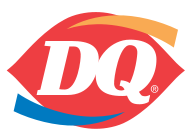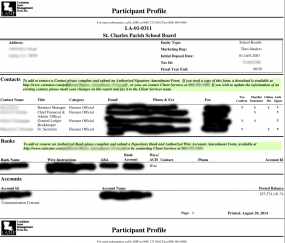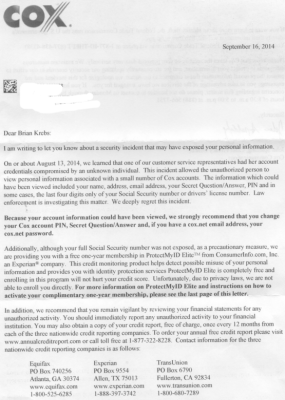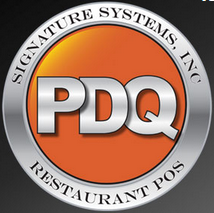Nationwide fast-food chain Dairy Queen on Thursday confirmed that malware installed on cash registers at some 395 stores resulted in the theft of customer credit and debit card information. The acknowledgement comes nearly six weeks after this publication first broke the news that multiple banks were reporting indications of a card breach at Dairy Queen locations across the country.
 In a statement issued Oct. 9, Dairy Queen listed nearly 400 DQ locations and one Orange Julius location that were found to be infected with the widely-reported Backoff malware that is targeting retailers across the country.
In a statement issued Oct. 9, Dairy Queen listed nearly 400 DQ locations and one Orange Julius location that were found to be infected with the widely-reported Backoff malware that is targeting retailers across the country.
Curiously, Dairy Queen said that it learned about the incident in late August from law enforcement officials. However, when I first reached out to Dairy Queen on Aug. 22 about reports from banking sources that the company was likely the victim of a breach, the company said it had no indication of a card breach at any of its 4,500+ locations. Asked about the apparent discrepancy, Dairy Queen spokesman Dean Peters said that by the time I called the company and inquired about the breach, Dairy Queen’s legal team had indeed already been notified by law enforcement.
“When I told you we had no knowledge, I was being truthful,” Peters said. “However, I didn’t know at that time that someone [from law enforcement] had already contacted Dairy Queen.”
In answer to inquiries from this publication, Dairy Queen said its investigation revealed that the same third-party point-of-sale vendor was used at all of the breached locations, although it declined to name the affected vendor. However, multiple sources contacted by this reporter said the point-of-sale vendor in question was Panasonic Retail Information Systems.
In response to questions from KrebsOnSecurity, Panasonic issued the following non-denial statement:
“Panasonic is proud that we can count Dairy Queen as a point-of-sale hardware customer. We have seen the media reports this morning about the data breaches in a number of Dairy Queen outlets. To the best of our knowledge, these types of malware breaches are generally associated with network security vulnerabilities and are not related to the point-of-sale hardware we provide. Panasonic stands ready to provide whatever assistance we can to our customers in resolving the issue.”
The Backoff malware that was found on compromised Dairy Queen point-of-sale terminals is typically installed after attackers compromise remote access tools that allow users to connect to the systems over the Internet. All too often, the user accounts for these remote access tools are protected by weak or easy-to-guess username and password pairs. Continue reading














